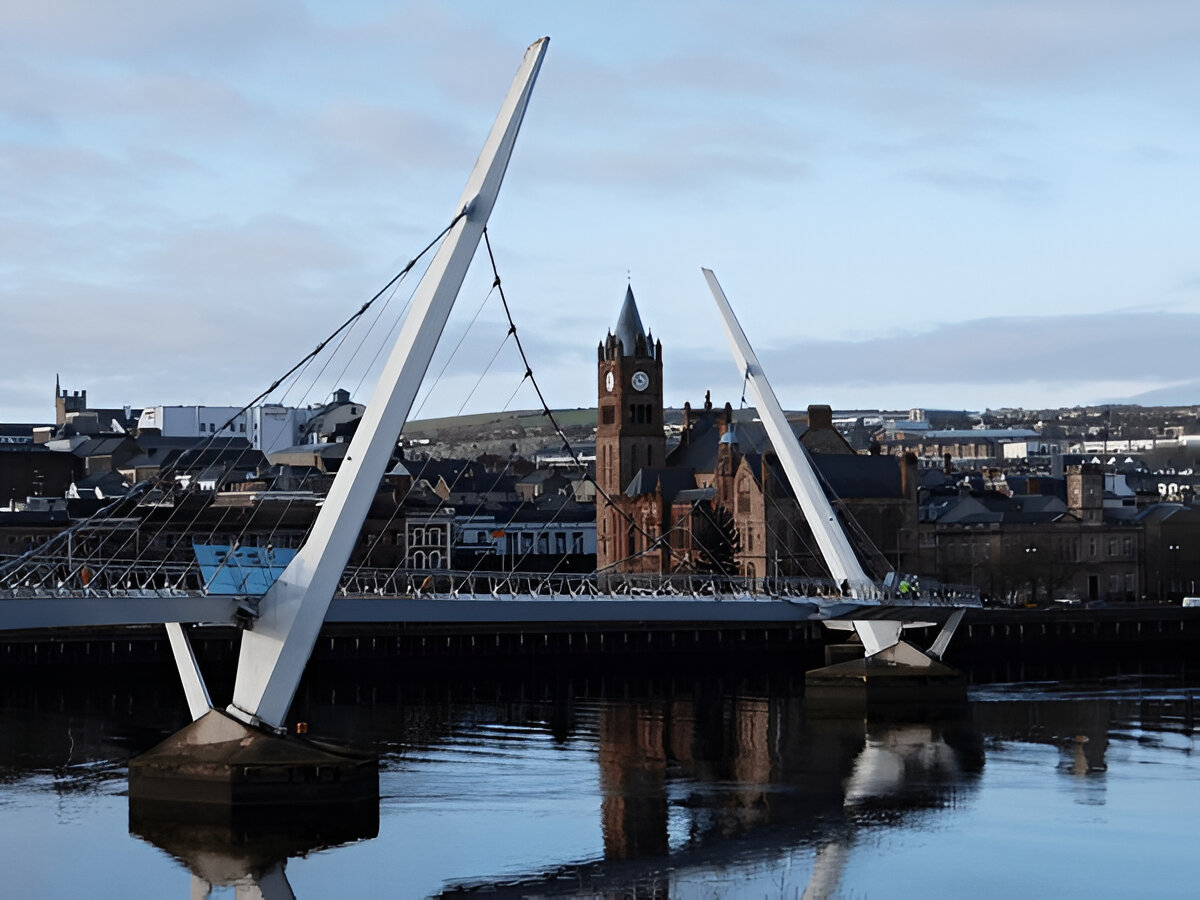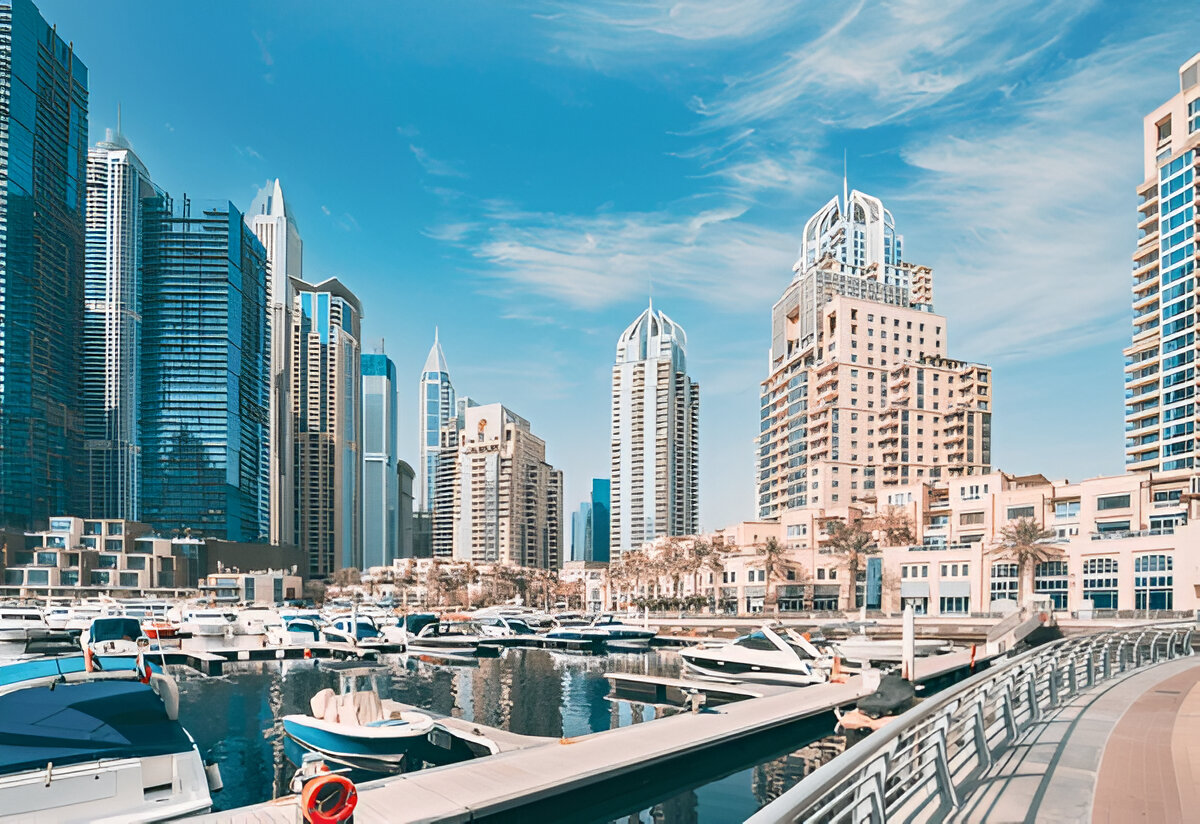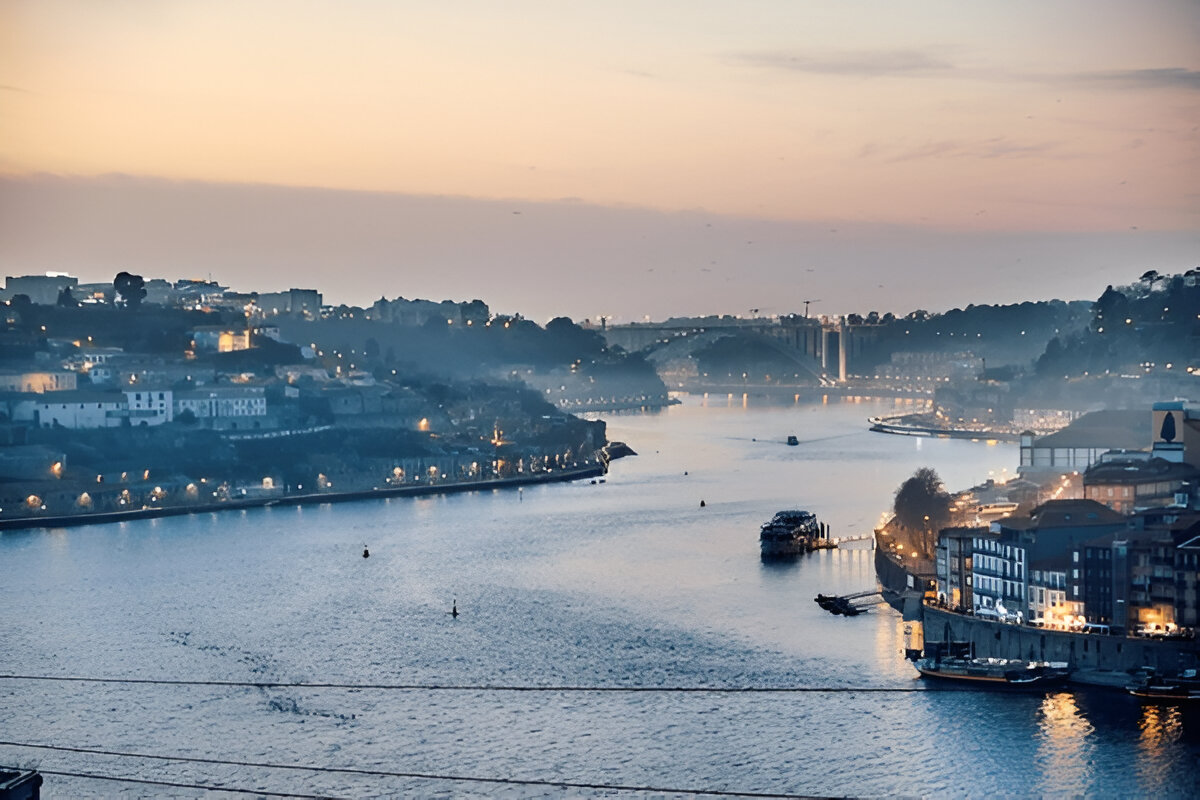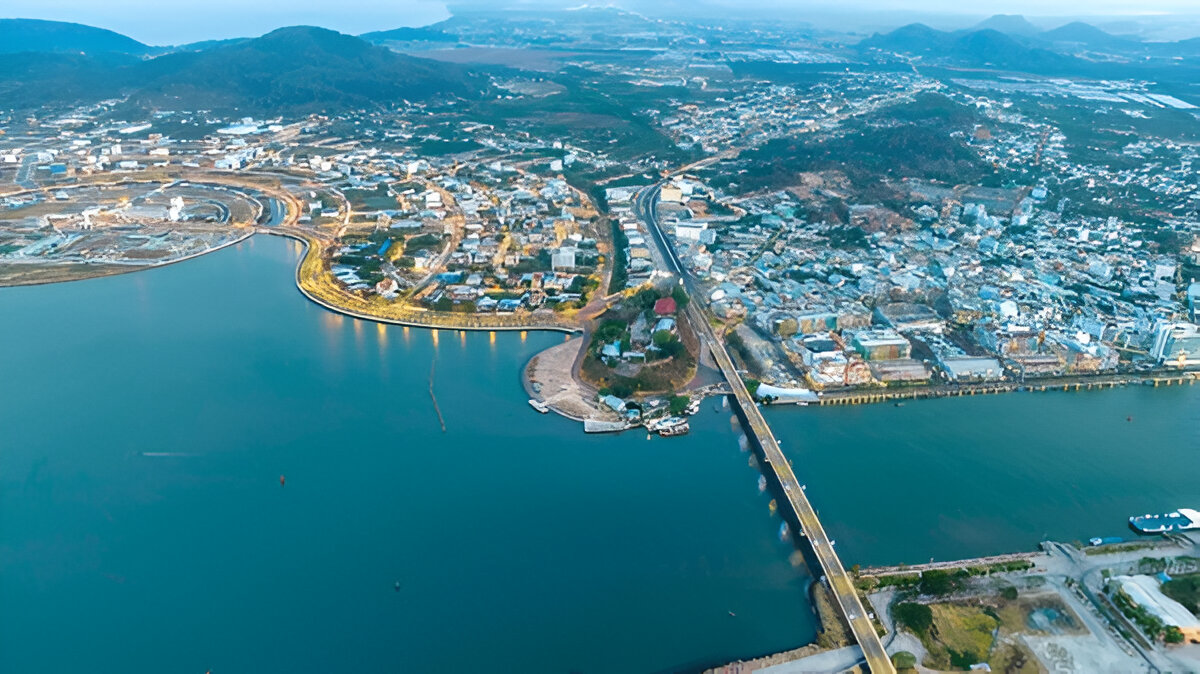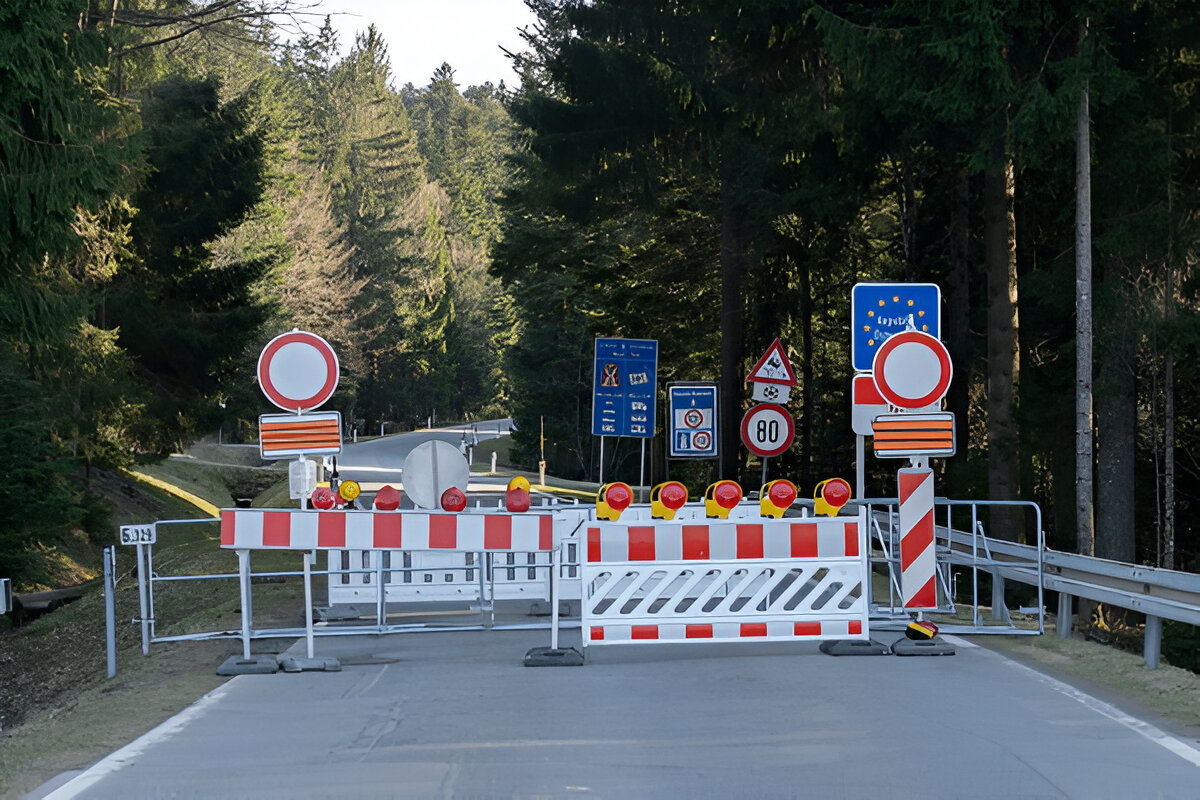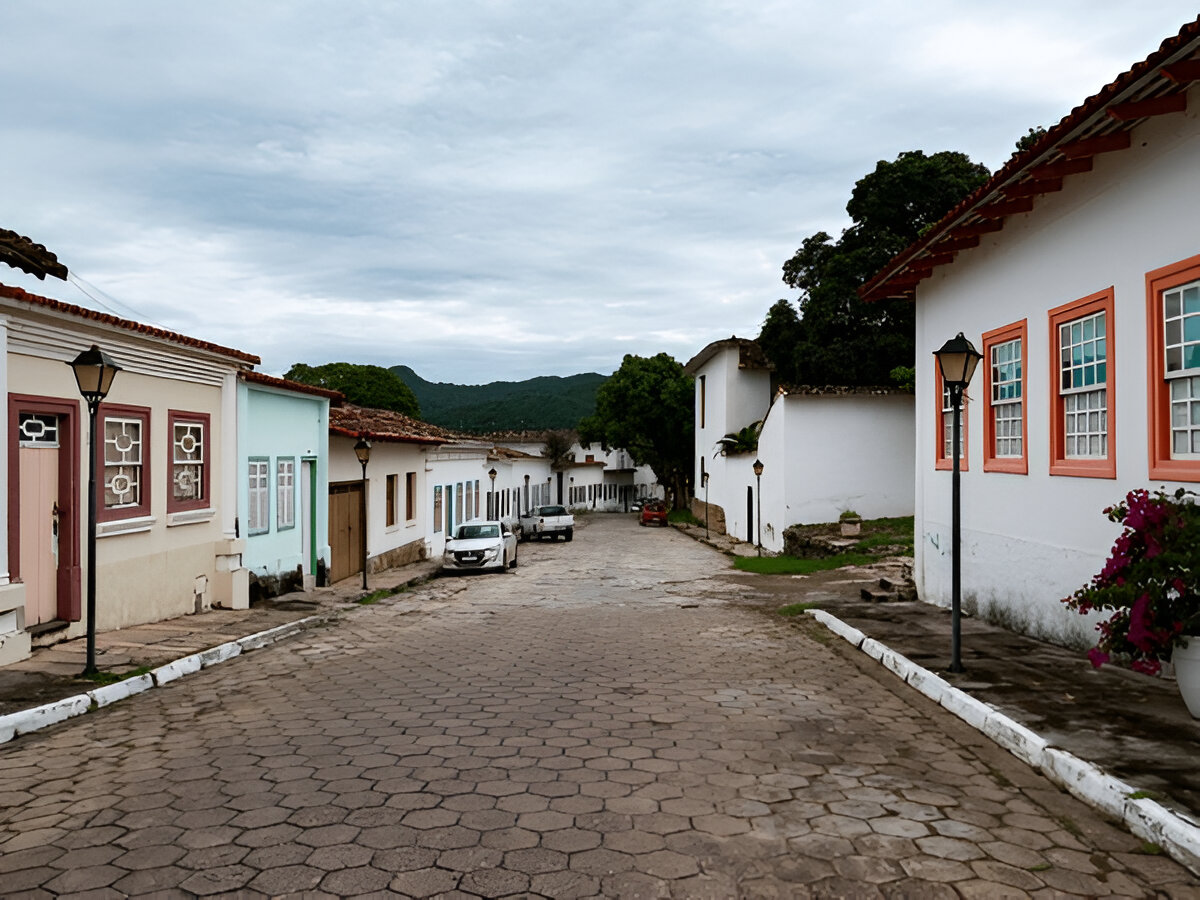
While many well-known cities sit at the crossroads of cultures and civilizations, there are also lesser-known cities that fly under the radar but are equally rich in history, culture, and the experience of crossing borders. These hidden gems offer unique perspectives on the concept of “borderless” travel, where distinct cultures blend in fascinating ways. In this article, we’ll uncover some of the lesser-known border cities that are worth exploring.
5.1. Llivia, Spain – A Spanish Enclave in France
Nestled within French territory, the small town of Llivia in the Pyrenees Mountains is an intriguing example of a Spanish enclave. Despite being surrounded by France, this town remains a part of Spain due to historical treaties that left it stranded within French borders.
What Makes It Special:
- Llivia’s unique status as a Spanish enclave surrounded by France gives it a fascinating cultural and political significance.
- Despite its location, Llivia remains distinctly Spanish, with traditional Spanish cuisine, festivals, and customs intact.
Things to Do:
- Visit the Llivia Pharmacy, a historical building that dates back to the 15th century and is considered one of the oldest pharmacies in Europe.
- Enjoy the peaceful, charming ambiance of this secluded enclave, surrounded by stunning mountain scenery.
5.2. Baarle-Hertog, Belgium – A City Within a City
The small town of Baarle-Hertog in Belgium is a unique puzzle of borders. This town is made up of several Belgian enclaves surrounded by the Netherlands, creating a complicated and fragmented territorial arrangement. In fact, there are 22 Belgian enclaves within the Dutch municipality of Baarle-Nassau, and some even have houses and streets that straddle both countries!
What Makes It Special:
- The borders in Baarle-Hertog are so complex that the town literally has streets where houses belong to two different countries at once.
- These borders are clearly marked by street signs, and crossing from one country to another often happens without even realizing it.
Things to Do:
- Take a walk through the town and spot the boundary markers that separate Belgium from the Netherlands, some of which are etched into the pavement.
- Enjoy the quirky cross-border dining experience, where you can sit at one table with one foot in Belgium and the other in the Netherlands.
5.3. Kleinwalsertal, Austria – A Hidden Austrian Gem Accessed Only Through Germany
Kleinwalsertal is a small, picturesque Austrian village located in the Alps. While technically part of Austria, it can only be accessed by road through Germany, as it is surrounded by the German border. This unique situation has resulted in Kleinwalsertal developing its own distinctive cultural identity that blends Austrian and German influences.
What Makes It Special:
- Although Kleinwalsertal is geographically part of Austria, it functions more like a German enclave due to its remote access from Germany.
- The area is famous for its stunning mountain scenery, hiking trails, and ski resorts, making it a peaceful retreat for nature lovers.
Things to Do:
- Hike through the scenic Alpine meadows and forests, taking in the stunning views of the German and Austrian Alps.
- Explore the traditional Alpine villages that showcase the blending of Austrian and German cultures.
5.4. Dresden, Germany – A City at the Edge of History and Borders
Dresden, located in Germany, is a fascinating city that sits at the crossroads of the Czech Republic and Poland. Historically, Dresden was a key city along the trade routes that connected Central Europe to the rest of the world. It was also a city heavily influenced by both Germanic and Slavic cultures due to its proximity to these borderlands.
What Makes It Special:
- Dresden is known for its baroque architecture, stunning art collections, and significant historical role during both the Holy Roman Empire and the Saxon Kingdom.
- As a border city, Dresden has historically served as a cultural exchange point, drawing influence from both German and Slavic traditions.
Things to Do:
- Visit the Frauenkirche, a baroque church that was reconstructed after its destruction in World War II.
- Explore the Zwinger Palace, which houses an impressive collection of European art.
5.5. Gorizia, Italy – A Border City with a Complex History
Gorizia, a town on the border between Italy and Slovenia, has a unique cultural heritage shaped by both countries. Once part of the Austro-Hungarian Empire, Gorizia changed hands several times throughout history, contributing to a rich cultural and historical blend that persists today.
What Makes It Special:
- The city’s position on the border between two countries means that Italian and Slovenian influences coexist side by side in everything from architecture to cuisine.
- The city’s history includes centuries of political conflict, making it a living testament to the shifting borders of Europe.
Things to Do:
- Visit Gorizia Castle, which offers panoramic views of both Italy and Slovenia.
- Wander through the city’s historical center, where the blend of Italian and Slovenian cultures is evident in the architecture and daily life.
Conclusion
Hidden border cities offer travelers the chance to experience a blend of cultures, histories, and identities that are shaped by their unique positions at the crossroads of nations. From Llivia’s Spanish enclave in France to the complex borders of Baarle-Hertog, these cities provide a fascinating perspective on the changing nature of borders and human interactions across them.
Which of these lesser-known border cities intrigues you the most? Let us know in the comments!

